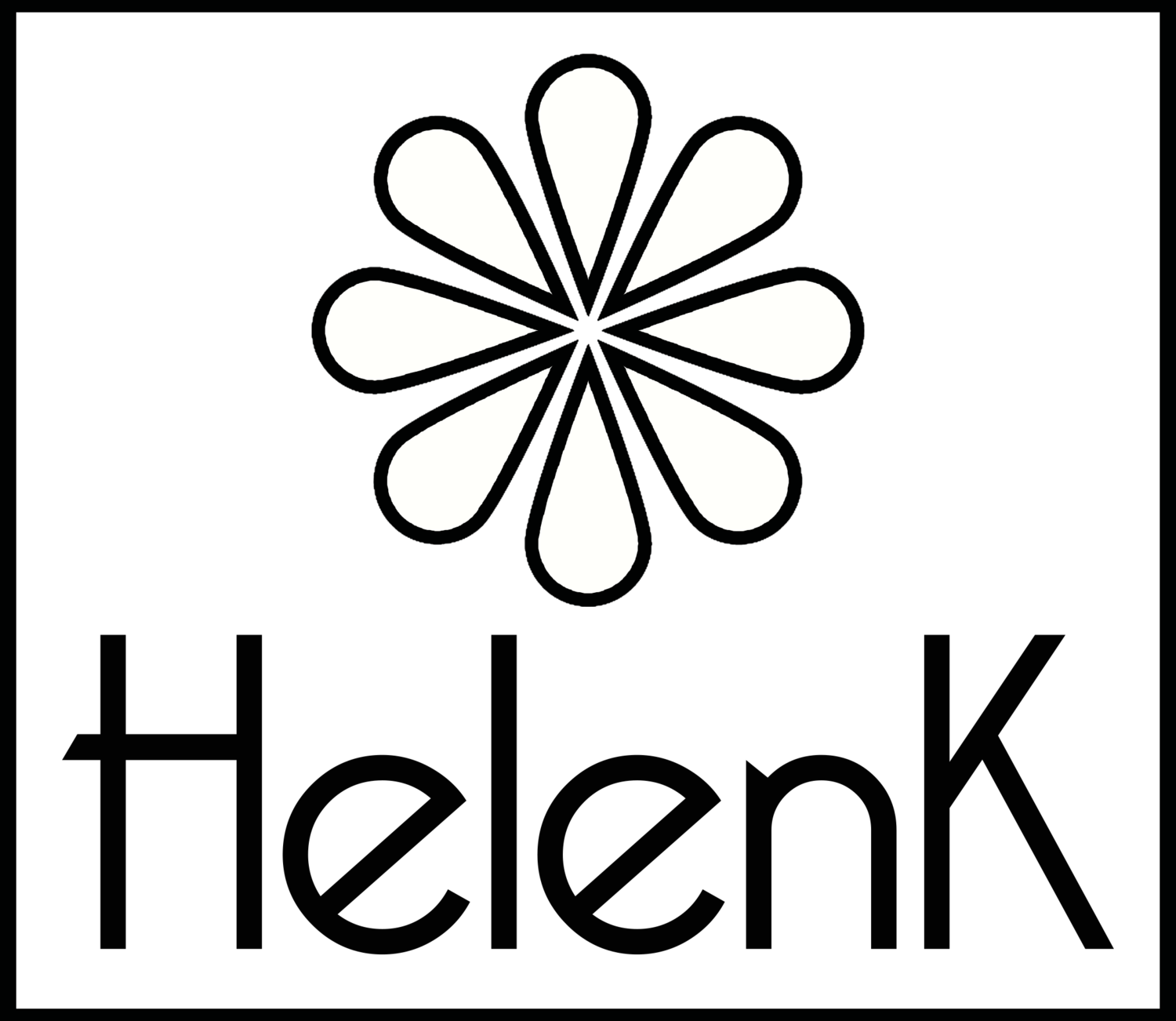In Feng Shui we use the Solar Chinese calendar rather than the Lunar calendar. At the beginning of each Solar Year we adjust the environment to harmonize with the emerging energy of the year. Unlike some westernized versions of Feng Shui, classical Chinese Feng Shui uses the three energies (celestial/time, earth/place, and human) to determine how to adjust the environment so it’s supportive of the people who occupy the built environment. In this article I’ll explain a little about the energy of the Year of the Rat in terms of BaZi and Feng Shui.
The Solar calendar generally begins on February 4 of each year, exactly mid-way between the Winter Solstice and the Spring Equinox. We use that date to determine when the emergence of fresh energy is at its peak, and we make adjustments accordingly. As the year progresses, the energy fluctuates until by the end of the year it has given way to the emerging energy of the new year. This aligns with the passage of time and is seen in the cycle of changing seasons and the movement of the solar system.
The Rat is the first of the Chinese Zodiac animals and “new beginnings” since it marks the beginning of a new cycle ( Pig was #12 of 12…endings). So, not only is it a new year and a new decade, but a new 12-year cycle. You can look back at previous Rat years for an idea of the energy and its affects, though the full calendar cycle is 60 years, so 2008 will be a little different than 2020 due to the elements of the Heavenly Stems and Terrestrial Branches. A little Chinese calendar trivia: the first year of the Chinese cycle was 2696 BCE and we are currently in the 79th cycle which began in 1984 (80th cycle begins in 2044).
The BaZi element of Rat is water and it will be receiving a productive boost of energy from metal this year. Rat is clever, a quick thinker, successful, and prefers a quiet peaceful life. This Metal Rat (Geng-Zi) year is in a productive relationship with metal that will “fully arm” the Rat and propel it full steam ahead. The nuance of Metal Rat is characterized by “dangerous” water so there could be challenges along the way. The water element can be associated with wealth accumulation, and metal can be associated with the financial and military sectors.
The Feng Shui aspects of the year reveal that the 7 Metal (Fighting Star) is hosted by an Earth element, which will add energy to the 7 Red Star. The 7 is related to losses and injury, and globally, this means potential for increased fighting/conflict and market/financial challenges. The combination of the BaZi and Feng Shui energy can have both positive and negative impacts on you as an individual, but more importantly, once you know how to use this energy to your advantage, you can avoid some of the pitfalls while taking advantage of the useful aspects this year.
The central hidden energy of a house/building can shade the potential of the overall building. Since the annual energy here this year is inauspicious, it would be best not to disturb it with high activity. There are other ways to mitigate this energy, but the natal chart of the building will determine what action can be taken. If there’s a bathroom or laundry room here, or the center of the house/building is open (such as a courtyard), you’re in luck, since the inauspicious energy will be drained.
I will be posting 9 more articles following this one, each focusing on one of the 8 directions and how you can utilize them to enhance and support your life in 2020! Feel free to leave your comments below.
Wishing you a happy, purposeful, and prosperous new year!
To schedule and appointment for a full audit of your home, office or business, contact me through this website or email me at HelenKstyles@gmail.com







